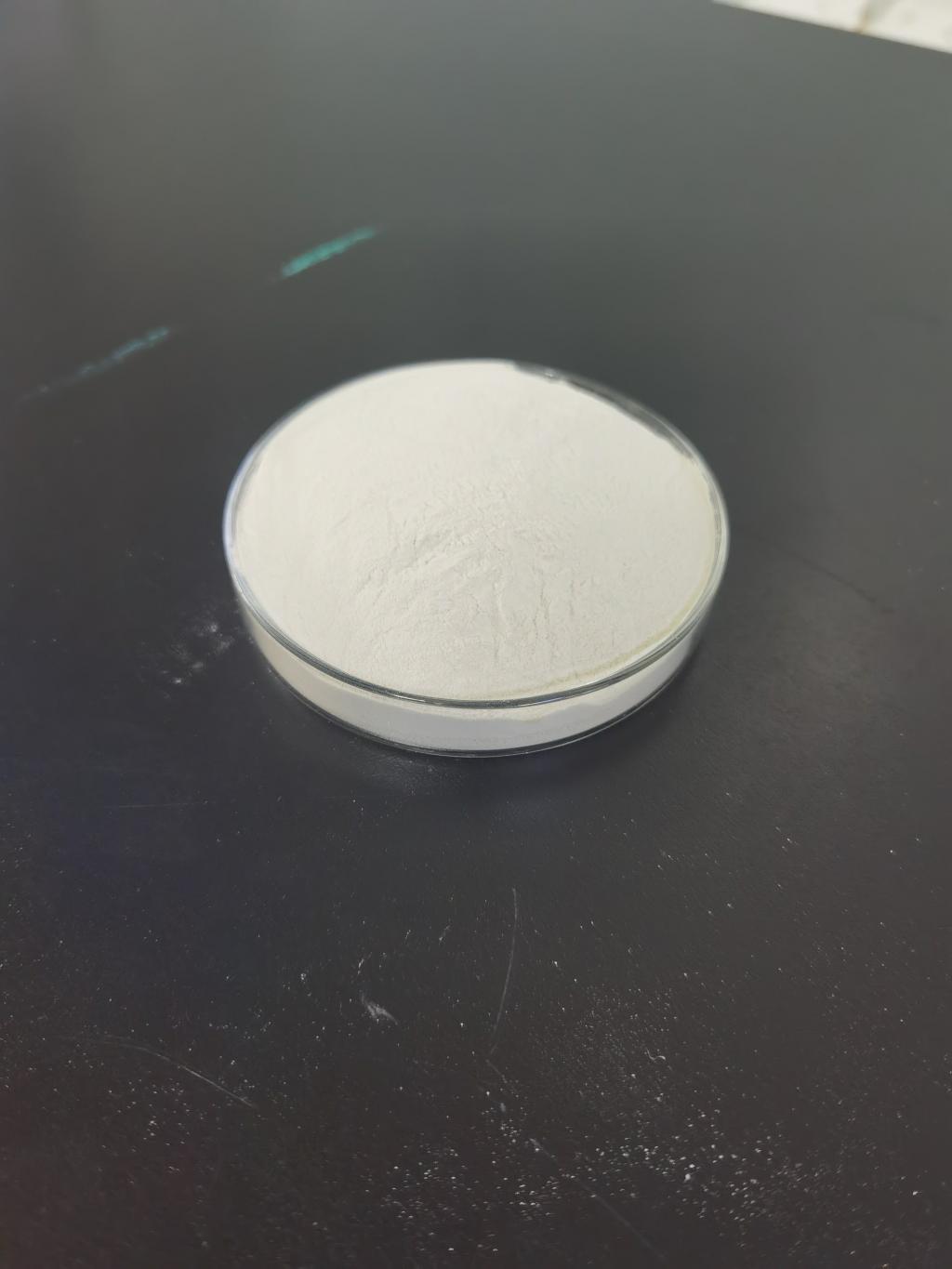Tel:+8618231198596

News
 CONTACT
CONTACT
 CONTACT
CONTACT
- Linkman:Linda Yao
- Tel: +8618231198596
- Email:linda.yao@dcpharma.cn
- Linkman:CHARLES.WANG
- Department:Overseas
- Tel: 0086 0311-85537378 0086 0311-85539701
News
Current Position:
Home >
News
>Nisin's application in precision agriculture aids in targeted pest control.
Nisin's application in precision agriculture aids in targeted pest control.
TIME:2024-03-29
Understanding Nisin:
Nisin is a naturally occurring antimicrobial peptide produced by certain strains of the bacterium Lactococcus lactis. Discovered in the 1920s, nisin has gained widespread attention for its potent antimicrobial properties and its safety for human consumption. Initially used as a food preservative, its applications have expanded to various fields, including agriculture.
Mechanism of Action:
Nisin exerts its antimicrobial activity primarily by disrupting the cell membrane integrity of susceptible bacteria. Unlike conventional pesticides that target specific biochemical pathways, nisin's mechanism of action makes it effective against a broad spectrum of bacteria, including many plant pathogens. This versatility is advantageous in agricultural settings where multiple pest species may be present.
Application in Precision Agriculture:
In precision agriculture, precise targeting of pests is essential to minimize the use of chemical inputs and reduce collateral damage to non-target organisms. Nisin offers a promising solution in this regard. By formulating nisin-based products into precision delivery systems such as sprays or controlled-release formulations, farmers can selectively combat pest populations while sparing beneficial microorganisms and reducing environmental contamination. Furthermore, the biodegradability of nisin minimizes residual effects on soil and water ecosystems, aligning with principles of sustainable agriculture.
Benefits of Nisin in Precision Agriculture:
Targeted Pest Control: Nisin's specificity against bacterial pests allows for targeted interventions, minimizing the need for broad-spectrum pesticides that can disrupt beneficial organisms and lead to ecological imbalances.
Reduced Chemical Usage: By incorporating nisin into integrated pest management (IPM) strategies, farmers can reduce reliance on synthetic pesticides, thereby lowering chemical residues in agricultural produce and mitigating environmental pollution.
Preservation of Soil Health: Unlike conventional pesticides that can degrade soil quality and harm soil microbiota, nisin's selective action minimizes disturbances to soil ecosystems, promoting long-term soil health and fertility.
Resistance Management: The risk of pest resistance development is mitigated with nisin due to its multifaceted mode of action, reducing the likelihood of pest populations evolving resistance and prolonging the efficacy of pest management strategies.
Enhanced Food Safety: Nisin's GRAS (Generally Recognized as Safe) status ensures its compatibility with food crops, offering an additional layer of safety for consumers concerned about pesticide residues in agricultural produce.
Challenges and Considerations:
While nisin holds immense potential for precision agriculture, several challenges and considerations merit attention:
Formulation and Delivery: Developing effective formulations and delivery systems that ensure optimal dispersion and efficacy of nisin in the field remains a technological hurdle that requires further research and development.
Regulatory Approval: Despite its safety profile, regulatory approval processes for novel agricultural inputs can be rigorous and time-consuming, posing a barrier to widespread adoption of nisin-based products.
Cost-effectiveness: The cost of production and application of nisin-based formulations relative to conventional pesticides may influence adoption rates among farmers, particularly in resource-constrained agricultural systems.
Ecological Impacts: While nisin is generally considered environmentally benign, studies assessing its long-term ecological impacts on non-target organisms and ecosystems are needed to ensure its compatibility with broader conservation goals.
Future Directions:
The continued exploration of nisin's potential in precision agriculture requires interdisciplinary collaboration among scientists, agronomists, and policymakers. Key areas for future research and development include:
Optimization of Formulations: Fine-tuning formulations and delivery systems to enhance the stability, dispersal, and efficacy of nisin in diverse agricultural environments.
Field Trials and Validation: Conducting extensive field trials to validate the efficacy, safety, and cost-effectiveness of nisin-based products across different crops and agroecosystems.
Sustainability Assessment: Integrating life cycle assessments and ecological modeling to evaluate the environmental footprint of nisin-based pest management strategies and identify opportunities for further improvement.
Knowledge Transfer and Capacity Building: Facilitating knowledge exchange and capacity building initiatives to empower farmers with the necessary skills and resources to adopt sustainable pest management practices incorporating nisin.
Conclusion:
Nisin represents a paradigm shift in pest management strategies within the context of precision agriculture. Its selective antimicrobial properties offer a potent yet environmentally sustainable alternative to conventional pesticides, aligning with the overarching goals of sustainable food production and environmental stewardship. As agricultural systems strive to adapt to evolving challenges, the integration of nisin into precision agriculture holds promise for fostering resilience, promoting biodiversity, and safeguarding the health of ecosystems and communities alike.
- Tel:+8618231198596
- Whatsapp:18231198596
- Chat With Skype







